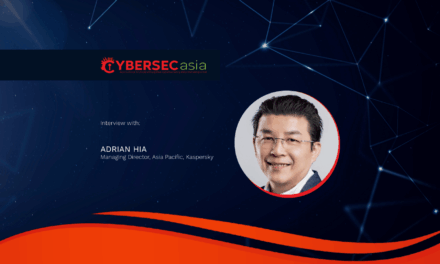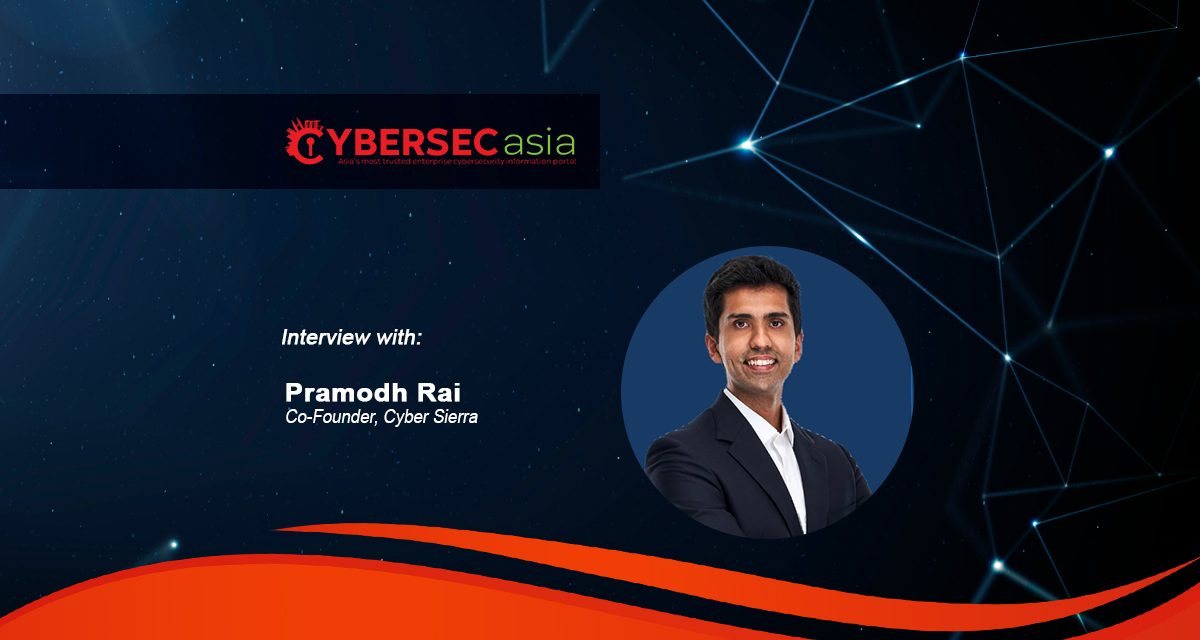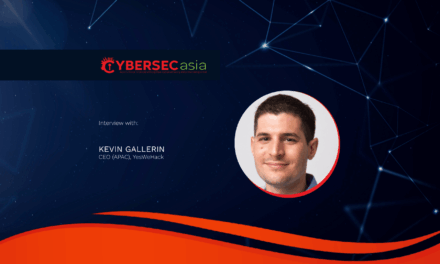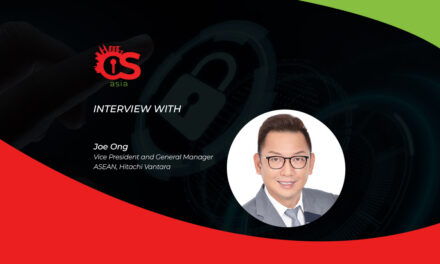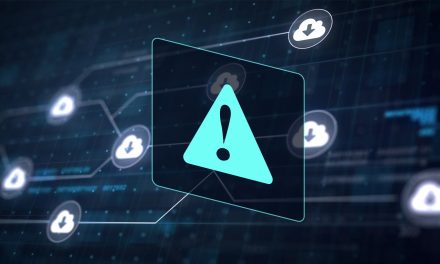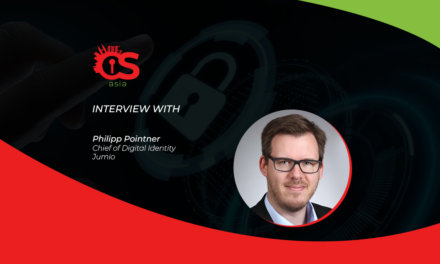Risk and resiliency have become the keywords in the CISO’s daily work. As the role evolves, so should the tools…
As cybersecurity threats continue to evolve, and organizations become increasingly vulnerable, effective cybersecurity risk management is more critical than ever.
The rapid growth of AI, coupled with complex cyberthreats, has forced CISOs to navigate new responsibilities and risks, underscoring the need for resilience in the face of evolving digital challenges.
Sad to say, many enterprises are still adopting manual or legacy approaches to cybersecurity risk management and security compliance, where initiatives are point-in-time and user experiences clunky.
CybersecAsia finds out more from Pramodh Rai, Co-Founder of Cyber Sierra, about the tools CISOs need to add to their arsenal in their evolving roles.
What are the key challenges faced by CISOs in Asia Pacific in today’s cyber-risk environment?
Pramodh: The cyber landscape is shifting faster than ever, and CISOs in Asia Pacific are at the front and centre of this digital wave. That said, I don’t think that their challenges are entirely different from their global counterparts.
Whether you’re a CISO in Singapore, Sydney, or San Francisco, you are grappling with the same core issues – a dynamic threat landscape, complex regulatory mazes, and the constant need to secure your assets across a globally distributed network.

When we zoom into APAC specifically, the issues get even more challenging. Each country has its own unique regulatory framework and compliance requirements. Additionally, they’re constantly evolving. One day you think you’ve got it all figured out, and the next – a new compliance requirement drops on your desk
Another critical issue we’re seeing is the significant talent crunch in APAC. We’re seeing forward-thinking CISOs become early adopters of automation, AI, and machine learning. I believe these tools will become the force multipliers in solving the skill gap.
But technology alone cannot be the silver bullet. We need to combine these tools with human expertise. We need to empower the security teams, not replace them.
Why are CISOs ditching traditional GRC for ‘smarter’ GRC solutions?
Pramodh: CISOs are not entirely ditching traditional GRCs. Rather, emerging technologies are being built on top of these platforms to solve for various structural challenges. Given the rise of cyber risk, there’s movement within the traditional GRC sphere to spawn more focussed solutions.
A Cyber GRC solution offers real-time insights, streamlines workflows, and provides advanced analytics. It integrates your security operations with other business functions, establishes accountability and transparency, and engages all stakeholders such that compliance and risk management aren’t siloed activities but part of the enterprise’s core business operations.
A Cyber GRC platform has to be built to be intelligent and invisible so that cybersecurity compliance work is less of a bureaucracy, and more an effective multiplier of capabilities. These solutions turn compliance and risk management into strategic assets.
I think this transition is a win-win, and in the right direction. We will see a wider adoption of Cyber GRC solutions in the coming years. Enterprises will transition towards an interoperable and unified approach to managing cyber compliance and risks. We are already seeing it, but in the coming years, we will definitely see many more use cases for AI and ML in GRC systems. And CISOs, bolstered by technology, would be better able to predict and mitigate security risks before they grow into serious incidents.
How should organizations leverage automated solutions to enhance their risk assessment and detection capabilities to identify emerging threats and vulnerabilities?
Pramodh: To begin with, organizations already understand that investing in automated solutions is an investment towards future proofing their business. We’re dealing with a threat landscape that’s evolving fast, and traditional, manual approaches just don’t cut it anymore. Automated solutions can flag potential issues in near real-time, allowing for rapid response before a threat can snowball into a full-fledged security incident.
When shopping for automated solutions, look for integrations with your existing tech stack. Automated risk assessment tools cannot exist in a vacuum. They need to fit well into your existing systems – your SIEM, endpoint protection, network monitoring tools and so on. Getting the integrations right creates a cohesive, holistic view of your risk landscape.
If the full transition is a challenge, start small but start now. Begin with areas where automation can provide immediate value – compliance, risk assessment, vendor assessment – then scale up with time.
What is Continuous Controls Monitoring (CCM), and how does it help organizations shift from reactive to proactive cybersecurity?
Pramodh: CCM is a vigilant digital guard, always on the prowl, scanning for vulnerabilities, control breaches, and threats across your entire digital asset landscape.
CCM is progressing the narrative on how we approach cybersecurity – from reactive to proactive. How? A CCM solution is constantly crunching data, looking for anomalies, and the moment something is out of the norm, it gets flagged in near real time manner. Here’s where things get interesting – with predictive analytics. Advanced CCM isn’t just telling you what’s happening now; it’s giving you a heads up on what might be coming.
So, a CCM solution gives near real-time visibility into your security posture, allowing you to remediate security gaps, assess your risks, course-correct, stay compliant, and engage more confidently in audit assessments.
Not saying that CCM is a silver bullet, but definitely worth keeping in your security arsenal.


